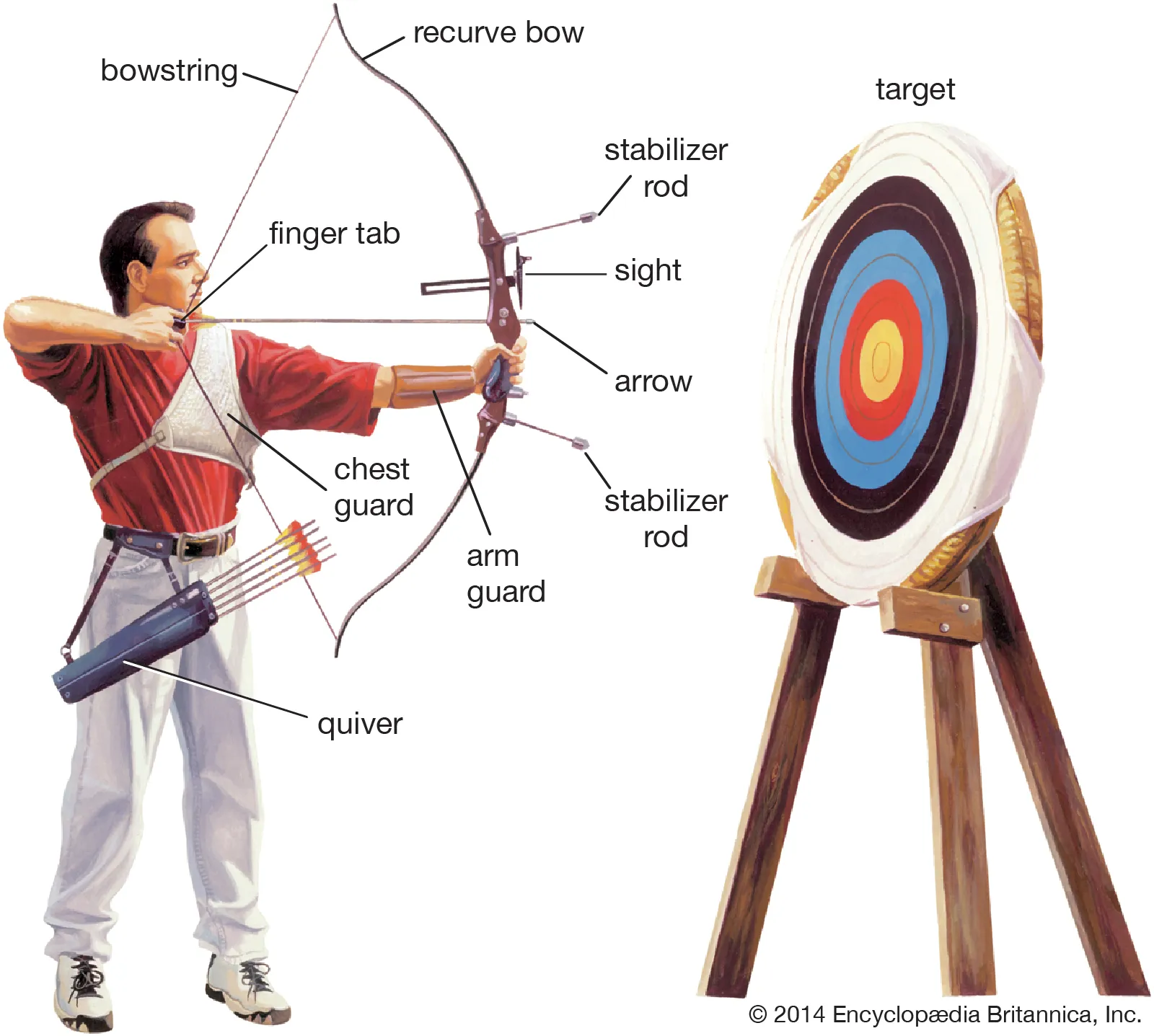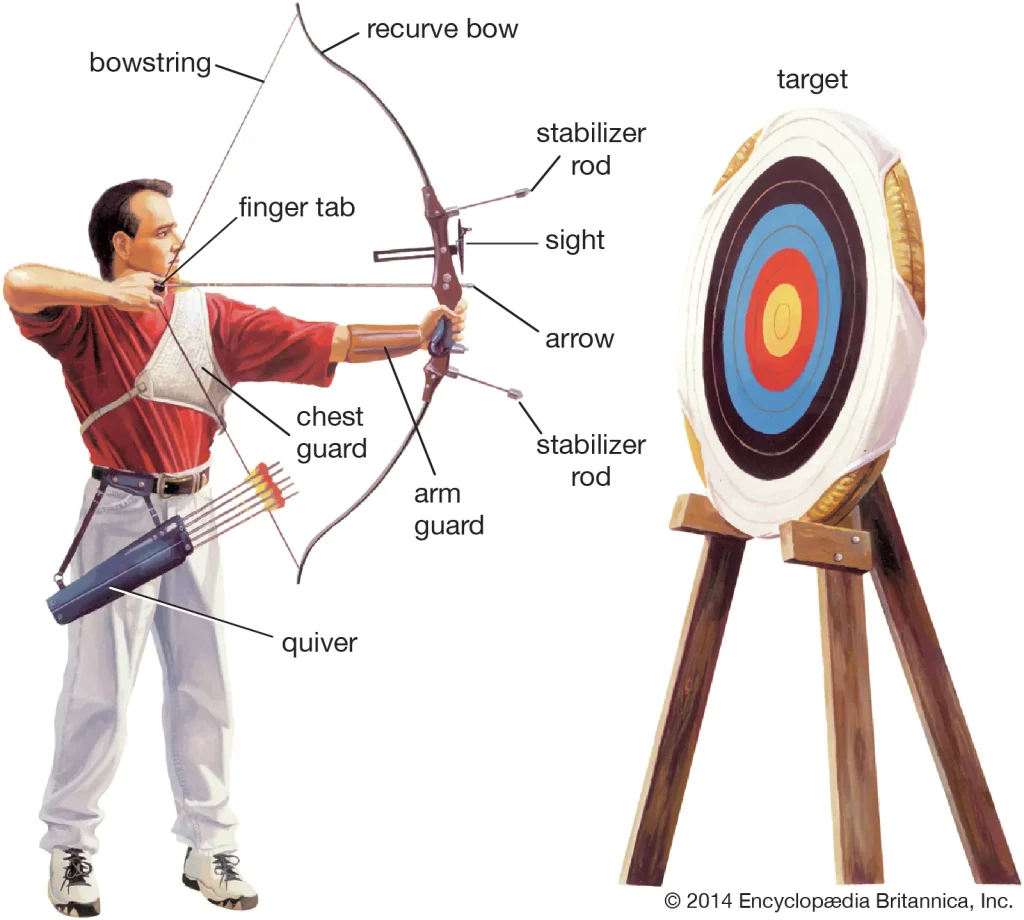
History Made: Indian Men’s Compound Team Storms into World Championship Final
The Indian men’s compound archery team has made a historic entry into the gold medal final at the World Archery

Archery is the art, sport, or skill of using a bow to shoot arrows. It has a rich and ancient history, dating back tens of thousands of years, where it was primarily used for hunting and warfare. In modern times, archery has evolved into a popular competitive sport and recreational activity enjoyed by people of all ages and abilities.
Here’s a breakdown of what archery entails:
Core Elements:
How it Works (Basic Principles):
An archer draws the bowstring back, storing potential energy in the bow’s limbs. When the string is released, this potential energy is converted into kinetic energy, propelling the arrow forward with considerable speed and force towards a target.
Historical Significance:
Modern Archery:
Today, archery is predominantly a sport and recreational pursuit, with various disciplines and types of equipment:
Types of Bows:
Key Equipment (Beyond Bow and Arrow):

Disciplines of Archery:
Benefits of Archery:
Archery offers numerous physical and mental benefits:
Archery is a sport that combines physical prowess with mental discipline, offering a rewarding experience whether pursued competitively or recreationally.

The Indian men’s compound archery team has made a historic entry into the gold medal final at the World Archery

1. A Pioneering Franchise-Based Tournament India is gearing up to host the world’s first-ever archery league—a franchise-style competition launched by
WhatsApp us
